Abstract
Содержание
- Introduction
- 1. Theme urgency
- 2. Goal and tasks of the research
- 3. Description of the analytic hierarchy process
- Conclusion
- References
Introduction
Regulatory and expert monetary valuation can be conducted in accordance Land Code of Ukraine [1].
Regulatory monetary valuation of land settlement is one of the most important sources of revenue to local governments,
from the filling of which depends significantly on economic and social development of the сity.
Expert evaluation is used in the exercise of civil transactions regarding the land.
Conducting monetary value is possible using the analytic hierarchy process (AHP), which has developed by a well-known American mathematician Thomas Saaty.
Objective,hard
estimate, which depends little on the expert opinion can be obtained using the AHP. This is achieved by applying a scale of relative importance.
1. Theme urgency
One of the important stages of the evaluation is to determine the values of the zonal coefficient Km2, which characterizes the dependence of the rental income from the value of the degree of urban development in the city.
The economic-planning zone established by the following factors (Procedure [2]):
- The heterogeneity of functional qualities planning area;
- Accessibility to places of concentration of employment, centers, etc.;
- The level of the service sector;
- The level of engineering and landscaping;
- Environmental quality of the territory;
- The attractiveness of urban development and social protection.
The following methods of determining Km2 are distinguished:
1. Value (translated from each of the factors that affect the quality of the territory, a certain amount of money).
2. The functional (evaluation of each factor on its functional parameters).
3. Sociology (defining the relationship of people to each of the factors using a special questionnaire).
4. Expert (evaluation factors a group of experts who know the conditions of the settlement).
5. Combined (includes elements of expertise, functional and sociological methods).
Practice shows that most values of the Km2 installed by experts, the lack of which is the lack of objective criteria, the influence of a factor. Therefore, in this paper, we propose to define the use of AHP, which integrates the process of solving this complex problem.
2. Goal and tasks of the research
The purpose of master's work is to improve the techniques of monetary valuation of land settlements in terms of determining the values of the zonal coefficient Km2 (the example of Donetsk).
The main objectives of the study:
- To develop an optimal hierarchy of factors affecting the value Km2.
- To determine the relative importance of factors at each level of hierarchy for pairwise comparisons.
- Range of economic-planning area of Donetsk.
Land settlement is object of study.
The value of the zonal coefficients Km2 is subject of research.
The practical result of the master's work is to obtain objective, there is little dependent on the experts' opinions, values of the zonal coefficients Km2 for the economic and planning zones Donetsk.
3. Description of the analytic hierarchy process
Summary of the steps the AHP is shown in Figure 1.
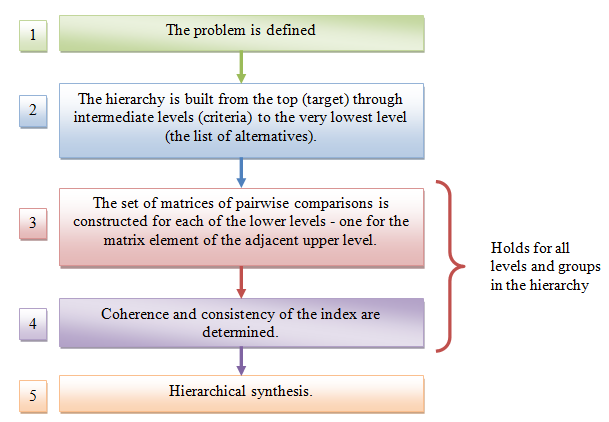
Figure 1 – Summary of the method AHP
The purpose of ongoing research is on the ground level of the hierarchy. The second level of the hierarchy form factors directly affects the achievement of the goal. Moreover, each factor is constructed in the top of the hierarchy, coupled with the top Tier 1. The third level consists of the factors that affect the top level 2. And so on. This process continues until the construction of the hierarchy unless the hierarchy does not include all of the major factors or at least one of the factors of the last level is not possible to obtain the necessary information.
Then, the matrix is made to compare the relative importance of criteria on the second level with respect to a common goal on the first level. These matrices must be constructed for pairwise comparisons of each alternative on the third level in relation to the criteria of the second level.
Compares the relative importance of left-wing elements of the matrix with the elements above. So if element is on the left is more important than the element at the top, then inserted into the cell a positive integer (1 to 9), otherwise – the opposite number (fraction). The relative importance of each item being compared with itself is 1, so the diagonal of the matrix (the elements from the upper left to lower right) contains only one. Results should be made only n(n–1)/2 judgments, where n – total number of elements being compared.
After the need to compute the set of eigenvectors for each matrix and then normalizing the result to the identity boundary, there by obtaining the vector of priorities.
A very useful byproduct of the theory is the so-called consistency index (CI), which provides information about the degree of violation of the consistency of the matrix.
Using IP you can calculate the ratio of coherence (RC). The value of the operating system must be of the order of 10% or less to be acceptable. If the operating system comes out of these limits, the participants need to investigate the problem and to test their judgment.
After that, the priorities are synthesized, starting from the second level down. Local priorities are multiplying the priority of the corresponding criterion for higher level and summed for each element in accordance with the criteria that are affected by this element. This gives the composite, or global, the priority of the item, which is then used to weight the local priorities of elements being compared with respect to him as to the criterion level and are located below. The procedure continues until the lowest level [3, 4].
Based on the above was compiled hierarchy of factors that best takes into account all criteria that influence the value of the zonal coefficient Km2.
The top of the hierarchy (the goal) is ranking economic-planning zones Donetsk (Fig. 2).
The second level consists of the factors that determined the Procedure [2]:
- The heterogeneity of functional qualities planning area;
- Accessibility to places of concentration of employment, centers, etc.;
- The level of engineering and landscaping;
- The level of the service sector;
- Environmental quality of the territory;
- The attractiveness of urban development and social protection.
And the first two factors were combined into one group because they are inextricably linked.
The third level consists of criteria that are different for each of the elements of the previous level. These criteria are shown in Fig. 2-7.
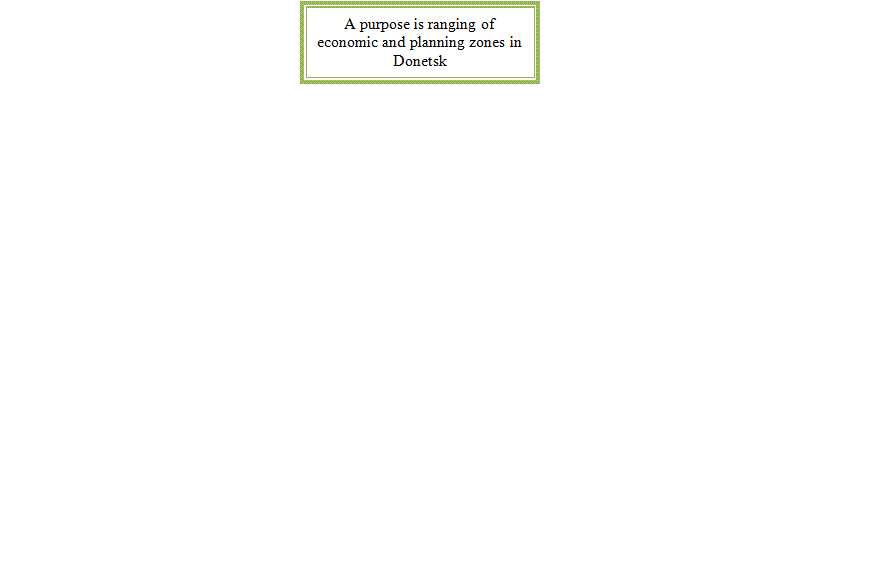
Figure 2 – The basic hierarchy
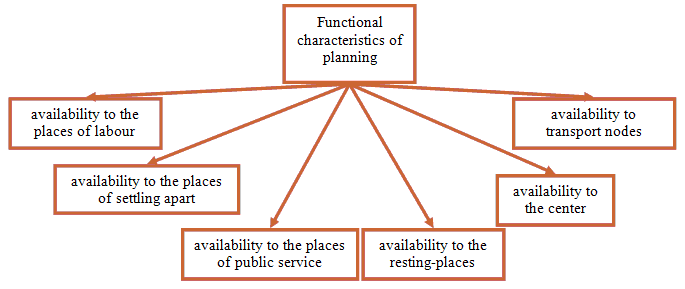
Figure 3 – The hierarchy of functional characteristics of planning
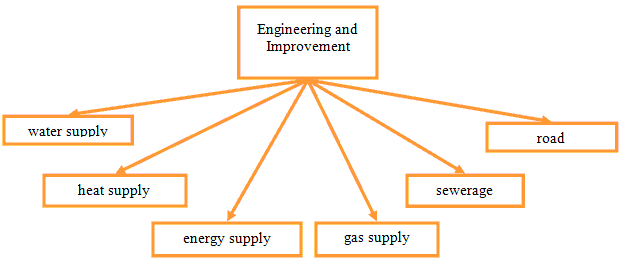
Figure 4 – The hierarchy of engineering and Improvement
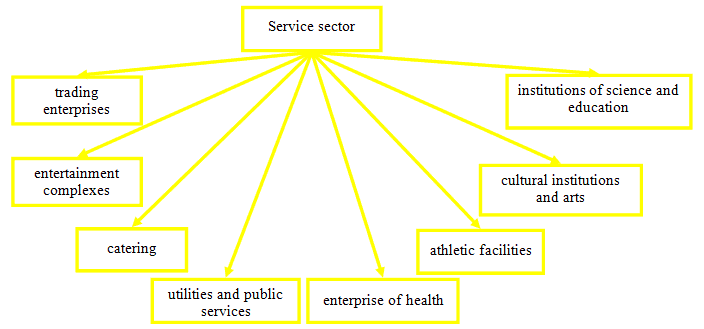
Figure 5 – The hierarchy of the service sector
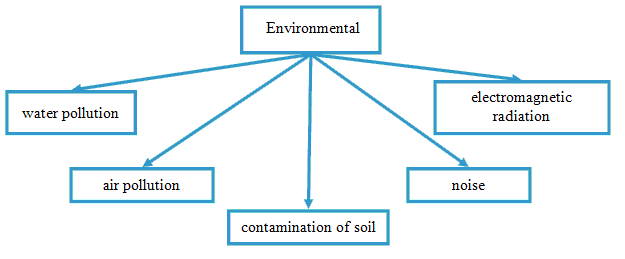
Figure 6 – The hierarchy of environmental
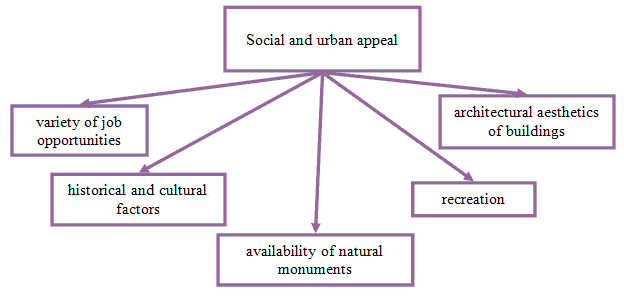
Figure 7 – The hierarchy of social and urban appeal
End of the hierarchy are economic and planning zones.
The next task is to formulate a matrix of pairwise comparisons for each criterion at the same level with respect to the criteria of the previous level.
Conclusion
AHP is used in solving a variety of applications of multiobjective problems, so it can be applied to the monetary value of land. This method allows you to unify and replace the work of evaluators.
The value of the coefficient Km2 zone installed by experts, the lack of which is the lack of objective criteria, the influence of a factor. In the master's work to determine Km2 are encouraged to use IPA to increase the objectivity of the assessment. Compiled by the hierarchy of factors that best takes into account all criteria that influence the value of the zonal coefficient Km2. The next task is to formulate a matrix of pairwise comparisons for each criterion at the same level with respect to the criteria of the previous level.
This master's work is not completed yet. Final completion: December 2012. The full text of the work and materials on the topic can be obtained from the author or his head after this date.
References
- Земельный Кодекс Украины от 25.10.2001 г. №2768-ІІІ.
- Порядок нормативной денежной оценки земель сельскохозяйственного назначения и населенных пунктов, утвержденный совместно приказом Госкомзема, Министерства аграрной политики, Министерства строительства, архитектуры и жилищно-коммунального хозяйства, Украинской академии аграрных наук от 27.01.2006 г. №18/15/21/11.
- Саати Т., Кернс К. Аналитическое планирование. Организация систем: Пер. с англ. – М.: Радио и связь, 1991. – 224 с.: ил.
- Ахметов О.А., Мжельский М.Б. Метод анализа иерархий как составная часть методологии проведения оценки недвижимости// Актуальные вопросы оценочной деятельности, 2001.
